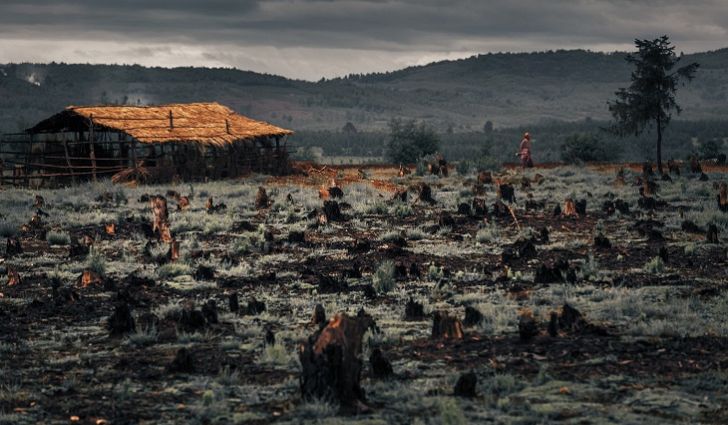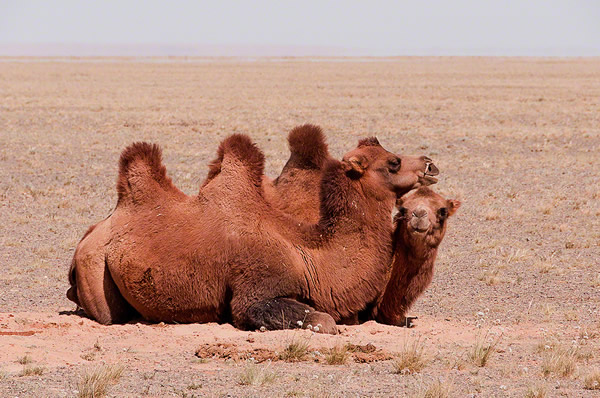 |
| Reforestation |
Reforestation is the growth of new trees in an area that has been cleared for human activities. It can occur naturally or be initiated by people.
Many areas of the eastern United States, such as the New England region, reforested naturally in the nineteenth and early twentieth centuries after farmland that had been abandoned was allowed to lie fallow for decades.
After an area has been logged, environmentalists, as well as the commercial logging industry, advocate planting trees rather than waiting for natural regrowth because the process of natural regeneration can be both slow and unpredictable.















